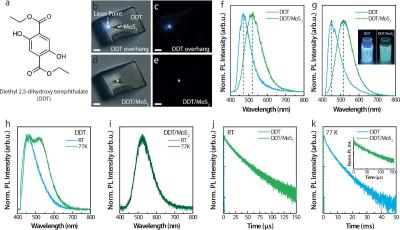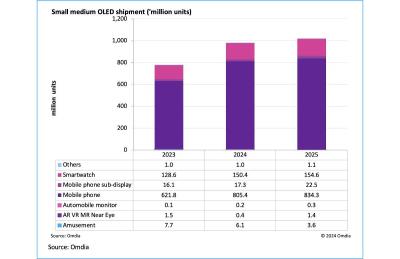University of Michigan researchers develop a heavy metal free phosphorescence OLED emitter
Researchers from the the University of Michigan developed a new class of phosphorescence OLED emitters that do not contain heavy metals. The metal was replaced with a new hybrid material. The researchers collaborated with colleagues from Inha University, and Sungkyunkwan University.
In current phosphorescence OLEDs, the emitters include a heavy metal, in most cases either iridium or platinum. These heavy metals generate a magnetic field that forces the same spin direction excited electron to turn quickly, resulting in faster light emission as it returns to its ground state. The researchers replaced the heavy metal with a 2D layer of molybdenum and sulfur near a similarly thin layer of the organic light emitting material, achieving the same effect by physical proximity without any chemical bonding.











